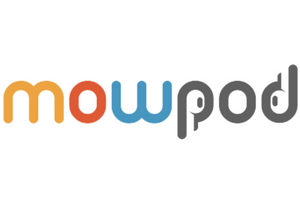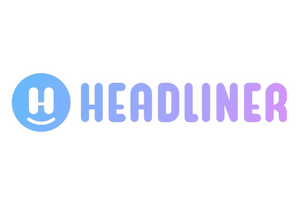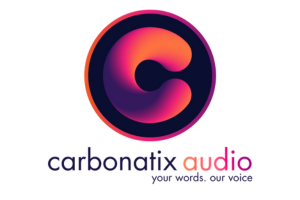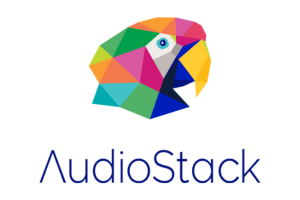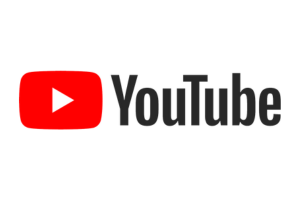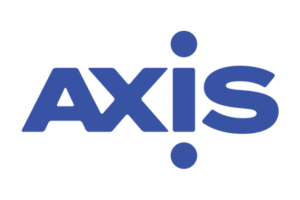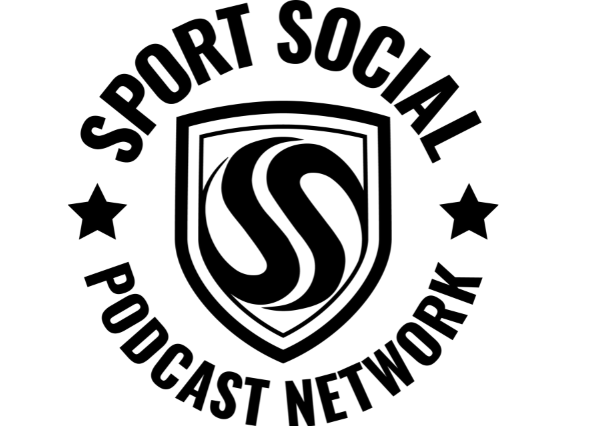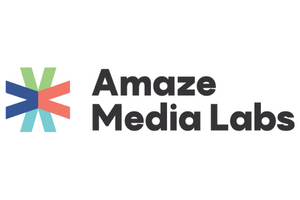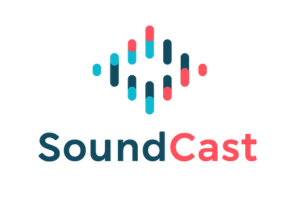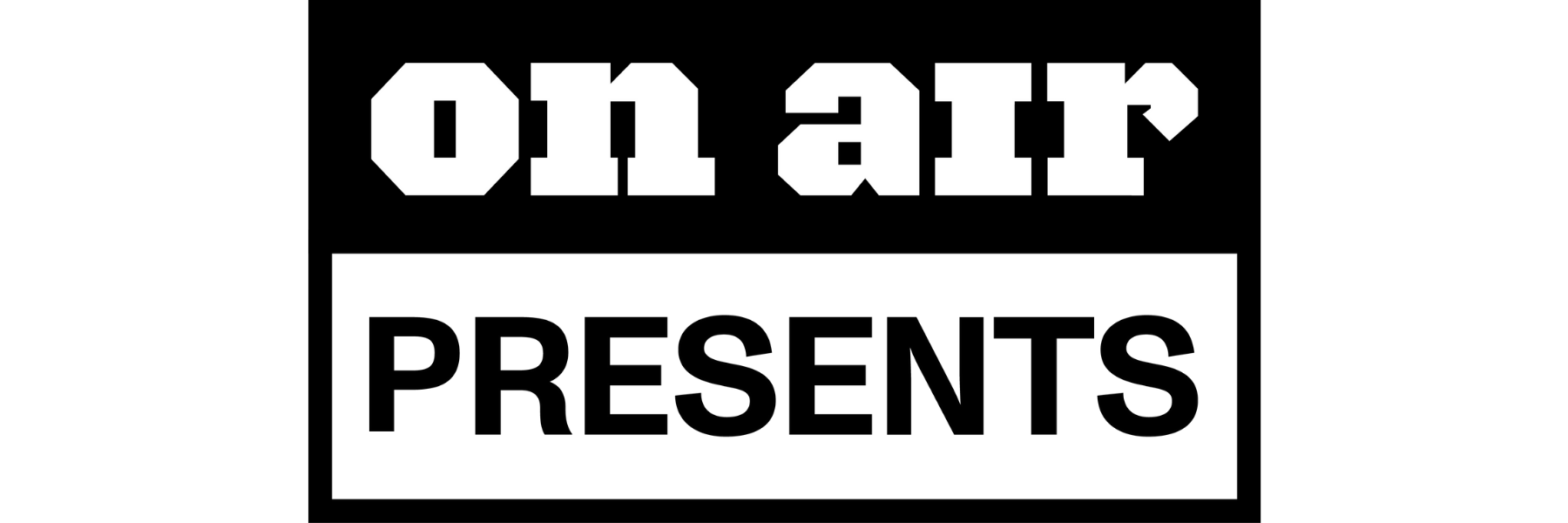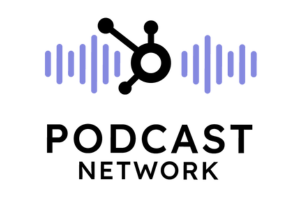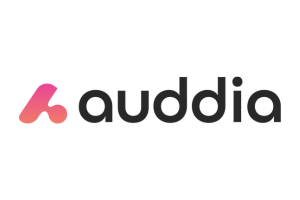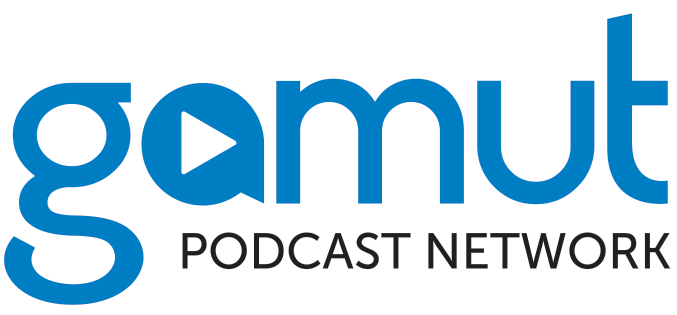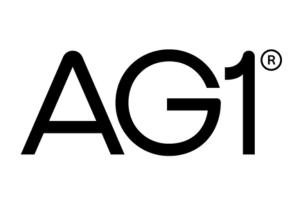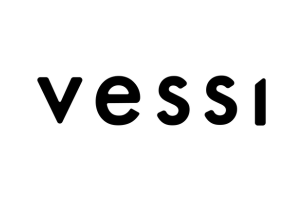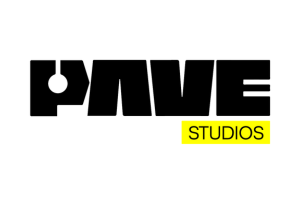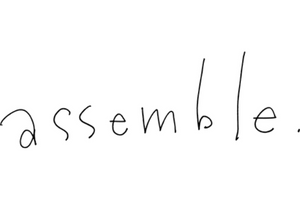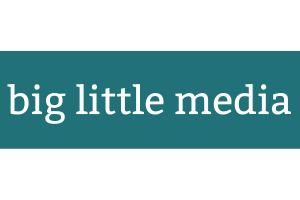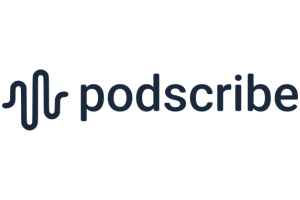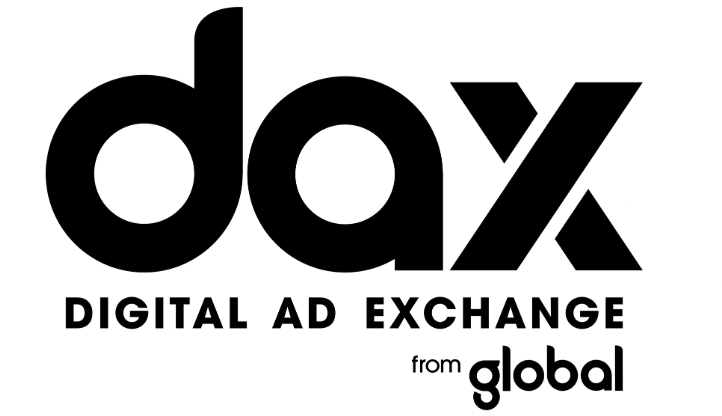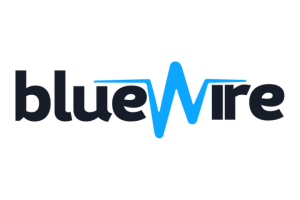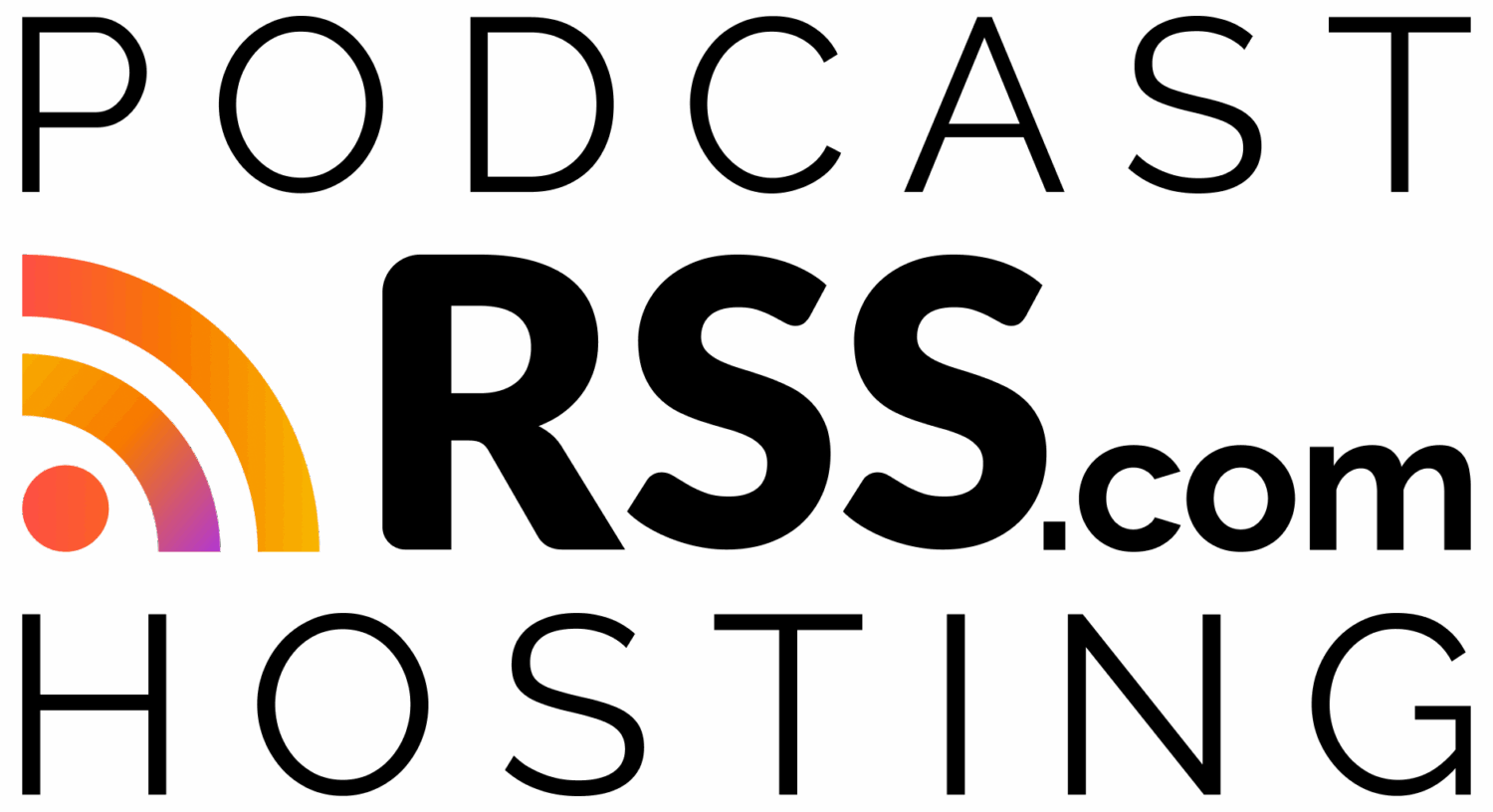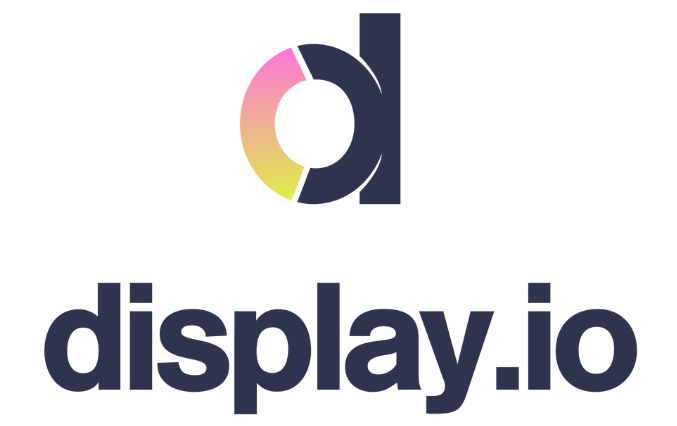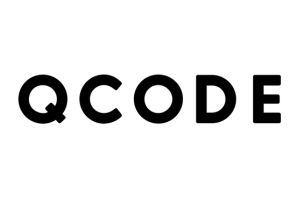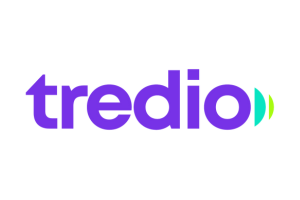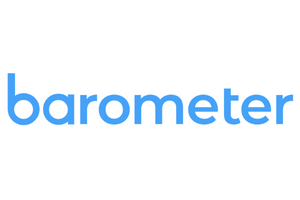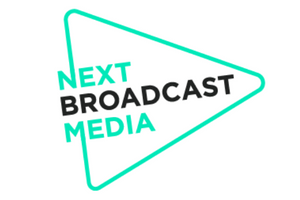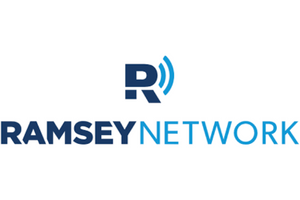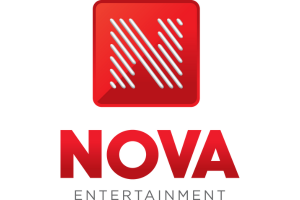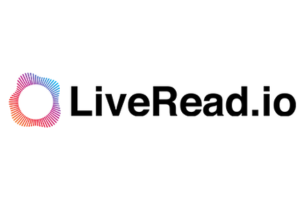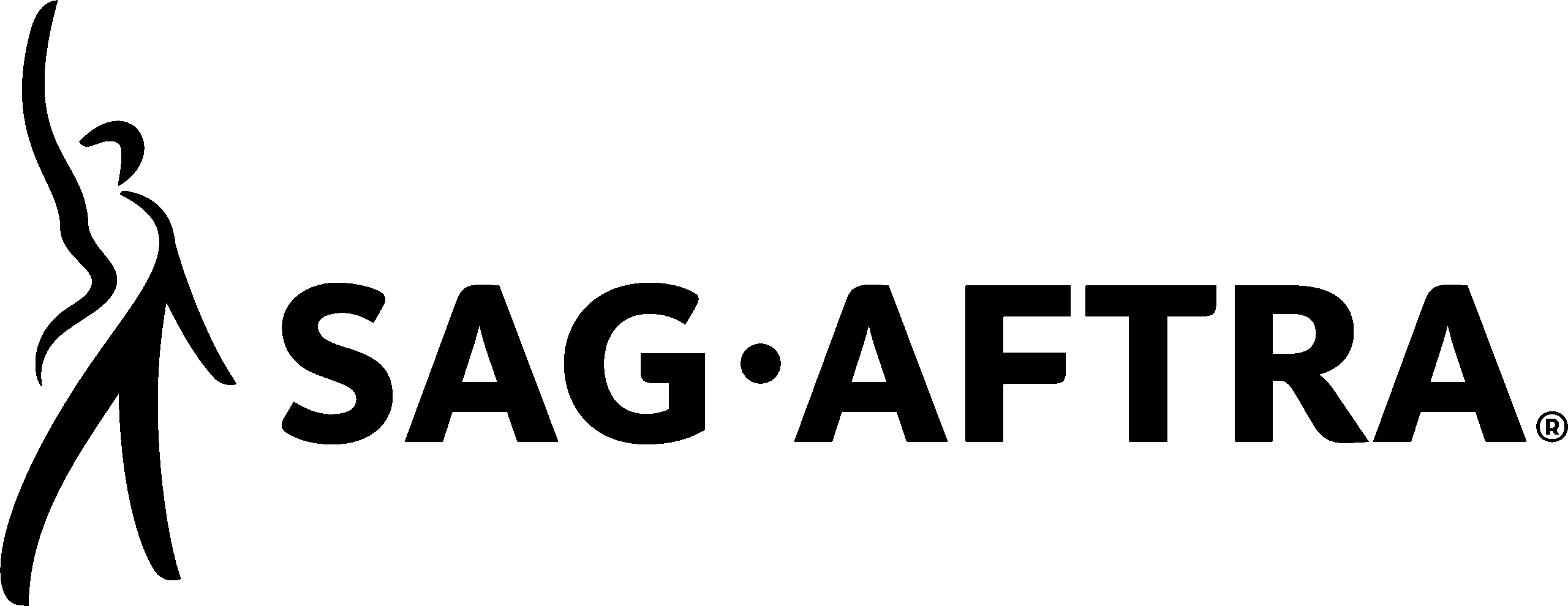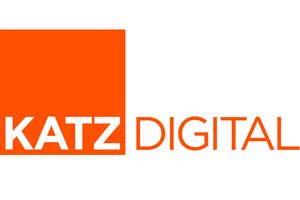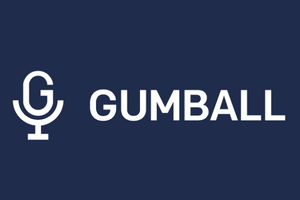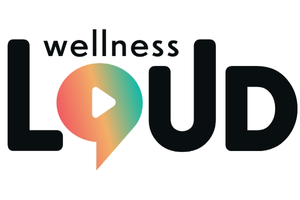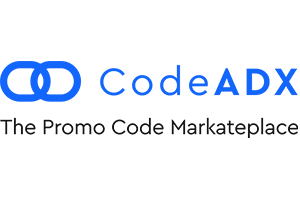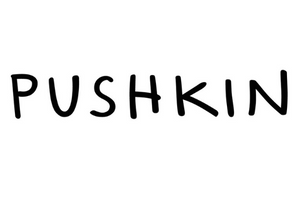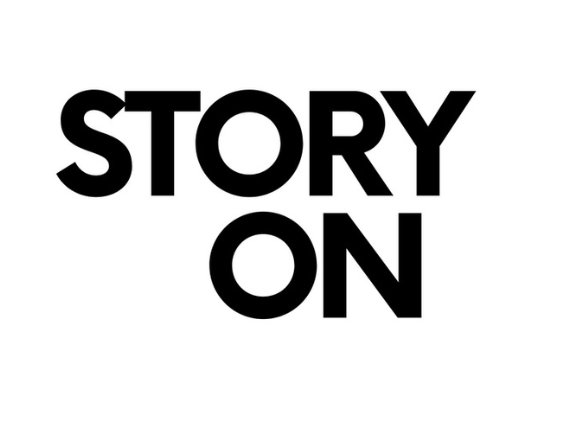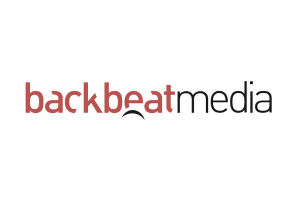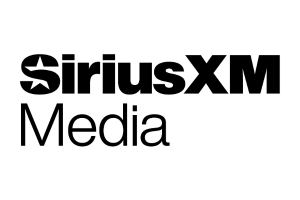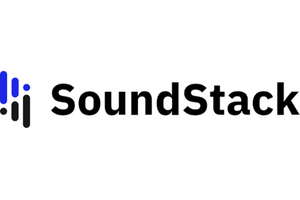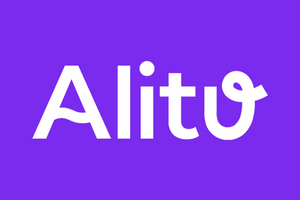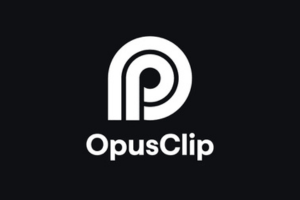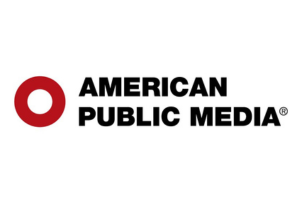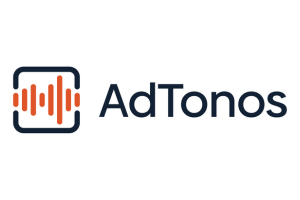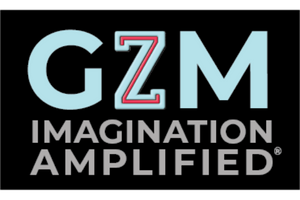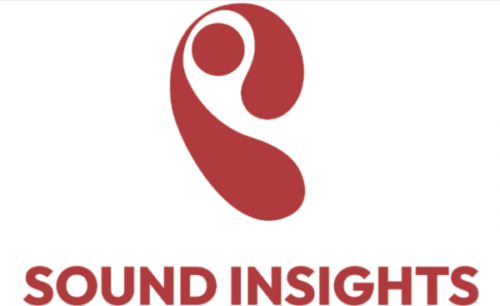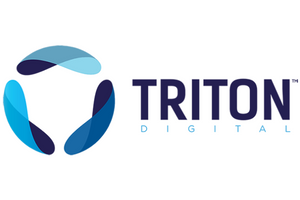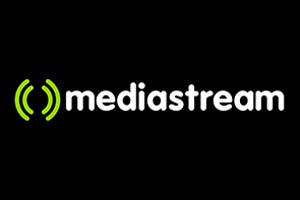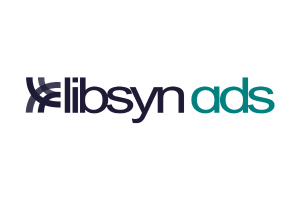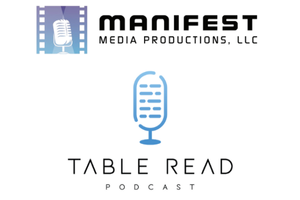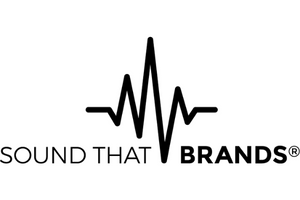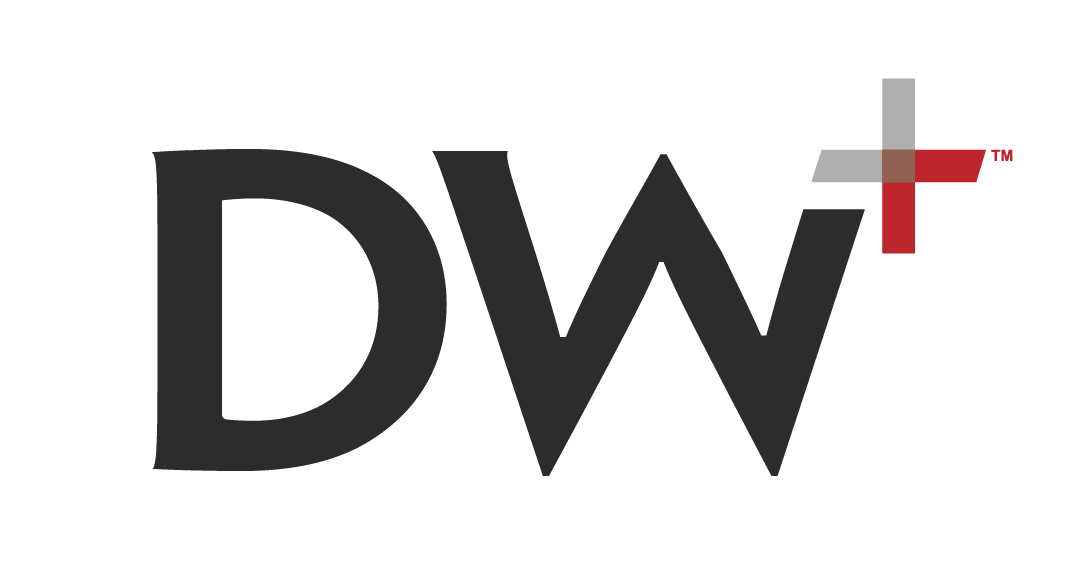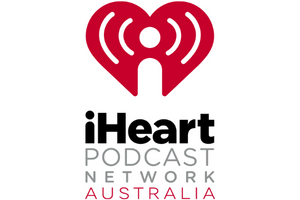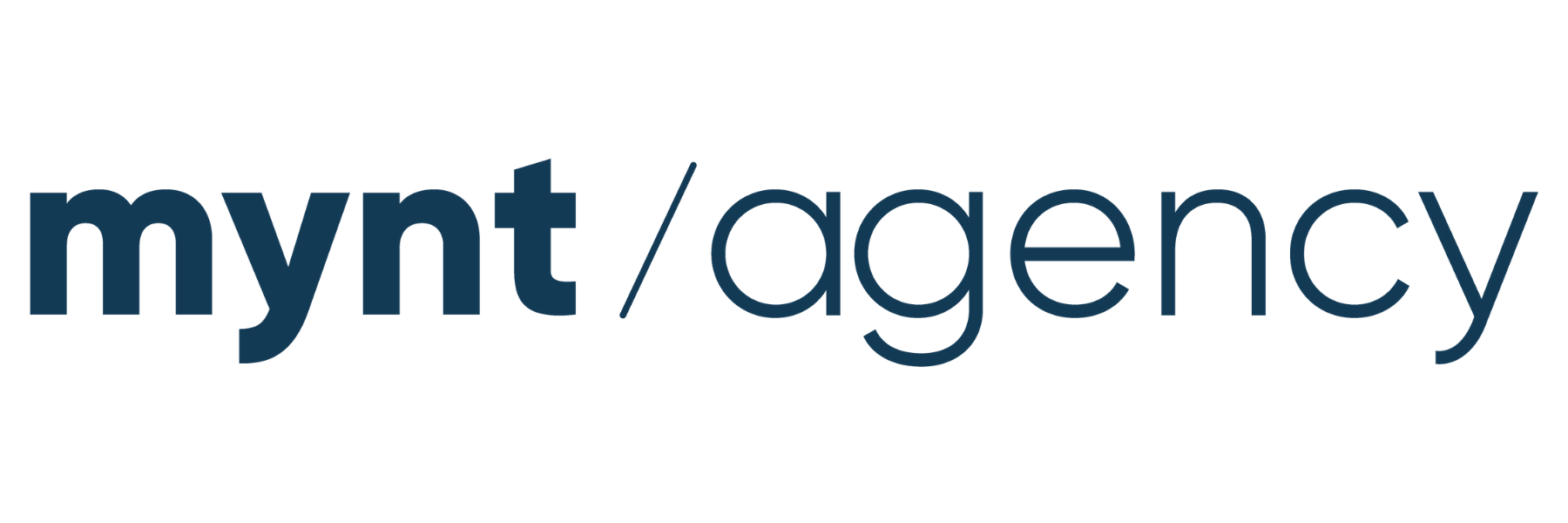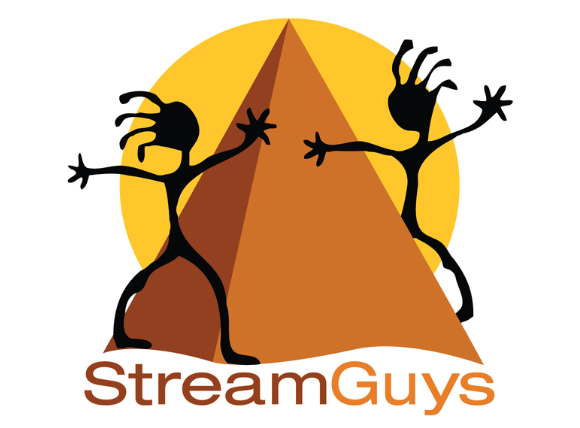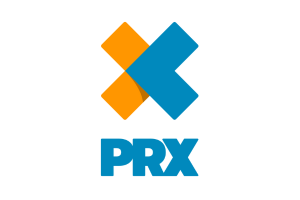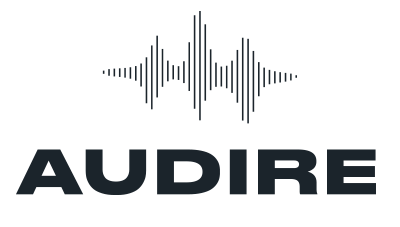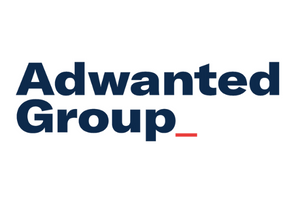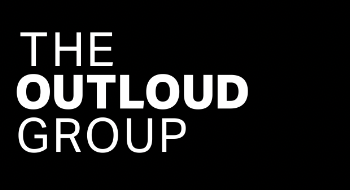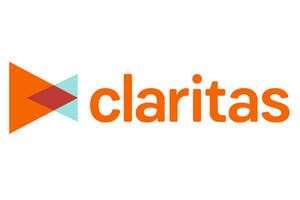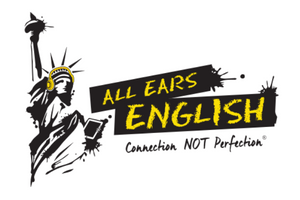Mark Your Calendars! Wednesday, July 30th, at 2:00 p.m. EST Tom Webster will host a presentation of the latest section of The Advertising Landscape data. Driving to Action examines how podcast audiences actually respond to advertising in comparison to other digital and traditional channels. Findings that challenge conventional assumptions about podcast ad performance, promo response rates, and word-of-mouth generation. Registration is open now.
Recently, we released a report entitled Unlock the Power of Purpose-Driven Podcasting with our partners at SiriusXM Media and the SiriusXM Podcast Network, and I wanted to highlight something that we briefly touched upon in the webinar that deserves a little more air: the mindset of podcast listeners.
This study looked at the audiences for both Health & Fitness and Self-Improvement podcasts, highlighting why these two segments are not only attractive to advertisers individually, but even more powerful when bought in tandem as complements to each other. These two segments share a significant common audience, as it turns out: the percentage of each genre’s audience that also listen to the other genre is double the market average in both cases.
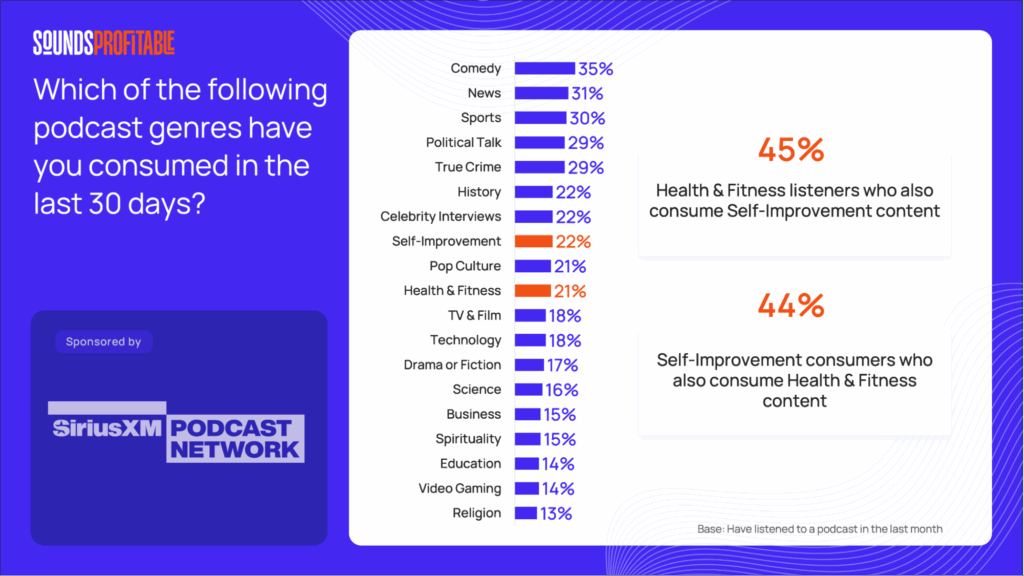
45% of Health & Fitness listeners also consume Self-Improvement content, and 44% of Self-Improvement listeners also consume Health & Fitness content. That’s not a casual overlap—that’s a fundamental audience intersection that suggests these aren’t two separate markets at all, but rather two different entry points into the same conversation.
Think about that for a moment. Nearly half of people listening to a fitness podcast are also seeking content about personal growth, productivity, or mental wellness. And nearly half of people tuning into self-help content are simultaneously working on their physical health. This isn’t coincidence—it’s intentionality.
What we’re seeing here is evidence of what I’d call “the holistic listener”—someone who understands that physical health and mental wellbeing aren’t separate projects, but interconnected aspects of a single goal: living better. These audiences aren’t compartmentalizing their improvement efforts; they’re approaching wellness as a 360-degree proposition. The data tells a story about audiences who intuitively understand something that the rest of the nation is just starting to realize: wellness is holistic, and the journey toward betterment doesn’t fit neatly into our content taxonomy.
The Growth Mindset Advantage
Some of my other favorite stats from this project reveal a key insight about these two audience segments:
- Both audiences value podcasting as something that “keeps them company” (72% of the Health & Fitness segment and 73% of the Self-improvement audience agree with this), which speaks to a focus on mental wellness
- They place a high value on learning: 74% (Health & Fitness) and 72% (Self-improvement) say they value podcasts as a way to “learn about new hobbies,” both significantly higher than the average podcast consumer
- 78% of Health & Fitness listeners and 73% of Self-Improvement listeners recommend podcasts to their social circles
On that last data point, these audiences aren’t just consumers—they’re evangelists. They’re naturally inclined to share content that has improved their lives, which creates organic word-of-mouth amplification that most advertisers can only dream of. This recommendation behavior also speaks to something deeper about these audiences. They’re not just trying to improve themselves—they’re trying to improve their communities. They understand that wellness is contagious, and they want the people around them to benefit from the same insights and motivation they’ve found.
But if we fold all of this together – the shared love of learning, the focus on mental AND physical wellness, and the evangelism they exhibit about their favorite podcasts, we’re really looking at here are textbook examples of what Carol Dweck, author of the highly influential book, Mindset, calls “growth mindset” audiences. These are people who fundamentally believe that their abilities, intelligence, and even their physical health can be developed through effort and learning. They don’t see their current state as fixed—they see it as their starting point.
For advertisers, this mindset distinction is everything. Traditional advertising often targets people in what Dweck would call a “fixed mindset”—selling them products that will solve their problems or make them feel better about who they already are. But growth mindset audiences don’t want to feel better about who they are today—they want to become someone better tomorrow. They’re not looking for quick fixes; they’re investing in long-term transformation.
This means these audiences approach purchasing decisions differently. They’re not buying a supplement to feel good about themselves—they’re buying it as part of a systematic approach to optimization. They’re not purchasing a meditation app for immediate stress relief—they’re investing in a tool for building mental resilience over time. The growth mindset audience doesn’t just buy products; they buy into systems, philosophies, and longer-term journeys.
For advertisers, this research reveals audiences with remarkable depth and intentionality. These aren’t people making impulse purchases—they’re making investments in themselves. They have higher household incomes, they’re actively engaged in improvement, and they’re naturally inclined to share discoveries with others. The 44-45% crossover rate also suggests that campaigns spanning both genres could achieve remarkable message reinforcement among your highest-value prospects.
Be Well
If we zoom out a bit here, what this research really reveals is something profound about human nature in 2025. In an era of increasing polarization and fragmentation, wellness content represents something beautifully unifying. The pursuit of better health, better habits, and better thinking crosses every demographic boundary. It’s politically neutral, universally relatable, and inherently optimistic (and, as the data from SiriusXM in the presentation shows, inherently brand-suitable).
The audiences we studied aren’t just consuming content. They’re actively participating in their own transformation. They’re proof that Americans, despite everything happening around us, remain fundamentally hopeful about their ability to grow, change, and improve. Those podcast consumers who listen to both Health & Fitness and Self-Improvement content represent audiences sophisticated enough to understand that wellness isn’t a destination but a practice, and that practice includes everything from what you eat to how you think to what you listen to on your morning run.
For an industry that sometimes gets caught up in CPMs and download numbers, this research is a reminder of why this medium matters in the first place. Podcasting, at its best, isn’t just entertainment or information—it’s transformation. And when it comes to transformation, these audiences are leading the way.
For more, be sure to download the full report and watch the webinar, featuring me and Sirius XM’s Alexandria Caggia, here. And be sure to register for our next webinar, which will be Part Three of The Advertising Landscape: Driving to Action, which will reveal the latest cross-media data on podcasting’s ability to drive search, recommendations, and purchases! I’ll be presenting this live at 2 PM Eastern on Wednesday, July 30th. Hope to see you there!
New Partners
Sounds Profitable exists thanks to the continued support of our amazing partners. Monthly consulting, free tickets to our quarterly events, partner-only webinars, and access to our 1,800+ person slack channel are all benefits of partnering Sounds Profitable.
- UpMedia transforms narrative audio podcasts into engaging YouTube and Shorts videos.
Want to learn more about partnership? Hit reply or send us an email!




